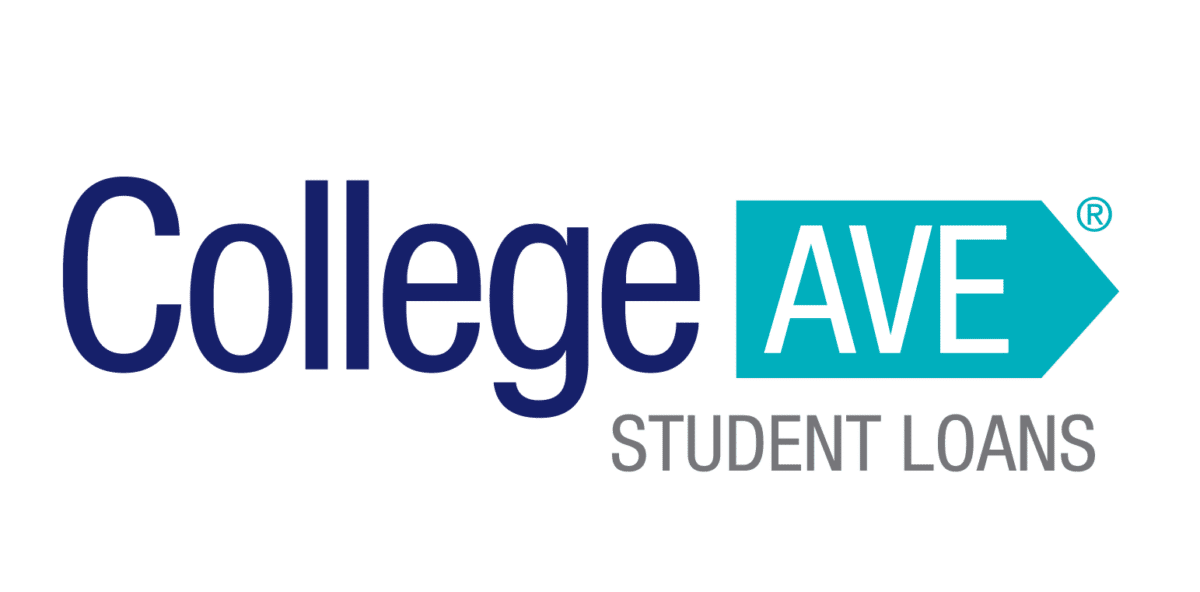
The student loan debt accumulated to attend physician assistant (PA) school can range from $44,800 to upwards of $330,000 based on Student Loan Planner® PA client survey data. Meanwhile, the median annual PA salary is $121,530 as of 2021, according to the United States Bureau of Labor Statistics (BLS).
Do not let these figures discourage you if you’re determined to become a PA, however. Between federal and private student loans, your family, and possibly even your own personal savings, you potentially have a number of ways you can pay for PA school. Although there’s not a lot of “free” money available in terms of grants and scholarships from the financial aid office, you can still save a lot of money on student loans if you go about the process the right way. Unfortunately, you could also lose out on potential savings if you take out the wrong loans.
Not sure what’s your best path? Here are five ways PA students can pay for physician assistant school:
1. Take out federal student loans
Federal student loans are the best way to pay for physician assistant school outside of scholarships and grants, which you don’t have to repay. There are several benefits to taking out federal student aid in the form of school loans, such as fixed interest rates and income-driven repayment (IDR) plans that are not available with private student loans. These types of loans come from the Department of Education, offer a grace period on most loans, and have many loan repayment programs.
The federal student loans available for PA school students include:
Direct Unsubsidized Loans
- Made to eligible undergraduate, graduate, and professional students for your PA education
- Eligibility is not based on financial need
- Financial reward is up to $20,500 (less any subsidized amounts received for the same period) depending on grade level and dependency status.
Direct PLUS Loans
- Made to graduate or professional students and parents of dependent undergraduate students.
- Used to help pay for education expenses not covered by other financial aid.
- Eligibility is not based on financial need but a credit check is required.
- Borrowers who have an adverse credit history must meet additional requirements to qualify.
- Maximum amount is the cost of attendance (determined by the school, so should cover cost of PA school) minus any other financial aid the student receives.
Direct Consolidation Loans
Made to borrowers to combine all eligible federal student loans into a single loan with a single loan servicer. You confirm the loans you want to consolidate and agree to repay the new loan through your Federal Direct Consolidation Loan Application and Promissory Note.
There’s a chance you might not know where you want to work when you enter PA school. If you think you will want to work for a nonprofit organization or government entity, however, keep federal student loans top of mind because you could be eligible for Public Service Loan Forgiveness (PSLF).
The PSLF program forgives the remaining balance on Direct Loans once you’ve made 120 qualifying monthly payments under a qualifying repayment plan while working full-time for a qualifying employer. It's a great option for grads who want a way to forgive a portion of their education loans down the line.
Qualifying for PSLF
You can qualify for PSLF if:
- You’re employed (full-time) by a United States federal, state, local or tribal government or nonprofit organization.
- You have Direct Loans (or consolidate other federal student loans into a Direct Loan).
- You repay your loans under an IDR plan.
- You make 120 qualifying payments.
- You enter physician assistant school knowing you want to work in the public sector, exhaust your federal loan borrowing first so you can potentially leverage the PSLF program.
2. Get private student loans
Consider taking out private student loans if you believe your salary will be greater than the amount you owe. Otherwise, it does not make sense to assume that much private student loan debt and miss out on the benefits of federal loans.
If there’s any possibility you might work in a PSLF-eligible organization, however, borrow as much as you can through federal student loan programs before taking out private student loans. The last thing you want is to be saddled with $100,000 (or more) of private student loan debt that could have been forgiven through PSLF.
Go the private student loan lenders route if:
- You’ve maxed out your federal student loan options.
- You have a cosigner or excellent credit.
- You’re certain you’re going to work in the private sector (making you ineligible for PSLF).
- You can get lower than 6% interest (the current fixed interest rate for federal Direct Unsubsidized student loans is 6.08%).
You can look at lenders like Sallie Mae, College Ave, and more. Be sure to look at repayment options to find the best fit for you.
3. Create a financial plan with your family
If you’d feel more comfortable borrowing from family than the federal government, bank or other private organization, that’s usually OK. We say “usually” because you should not borrow from your family if you are PSLF eligible. We can’t stress this enough — if you plan to take a nonprofit or government position, take out federal student loans to pay for physician assistant school. It will be worth it if you can have a big portion of your loan forgiven after 10 years.
4. Use your savings
Using savings to pay for PA school and living expenses is a great way to lower your overall student loan debt — the less you have to borrow, federal or private, the less you will have to repay. As you plan how you’ll pay back your student loans after you graduate, you can use your savings to be in less overall debt when you begin your physician assistant career in health care.
5. Apply for PA school scholarships
Free money opportunities to help pay for PA school may not be as plentiful as in other fields of study, but they do exist. The Physician Assistant Foundation, for example, has awarded more than $2.3 million in scholarship funds to PA school students. Many of the PA Foundation scholarships are $1,000 and $2,000, which is money you would not have to repay when you finish school. Be sure to research other scholarship and grant opportunities to help keep your overall PA school student loan debt down.
PA Foundation scholarship applicants must meet the following criteria:
- Be a student member of the American Academy of Pas (AAPA).
- Attend an Accreditation Review Commission-PA-accredited PA program.
- Successfully complete at least one term of PA studies and be in good academic standing.
- Be enrolled in PA school during the scholarship application cycle.
Get help with your PA school student loan strategy
You do not have to figure out how to pay for physician school on your own. If your degree program will cause you to take on significant debt, especially more than $100,000 worth of student loan debt, contact Student Loan Planner® today to schedule a PA school pre-debt consultation.
| Lender Name | Lender | Offer | Learn more |
|---|---|---|---|
| Sallie Mae |

|
Competitive interest rates.
|
Fixed 4.50 - 15.69%
Variable 6.37 - 16.78%
|
| Earnest |

|
Check eligibility in two minutes.
|
Fixed 4.67 - 16.15%
Variable 5.87 - 18.51%
|
| Ascent |

|
Large autopay discounts.
|
Fixed 4.09 - 14.89%
Variable 6.22 - 15.20%
|
| College Ave |

|
Flexible repayment options.
|
Fixed 4.07 - 15.48%
Variable 5.59 - 16.69%
|
